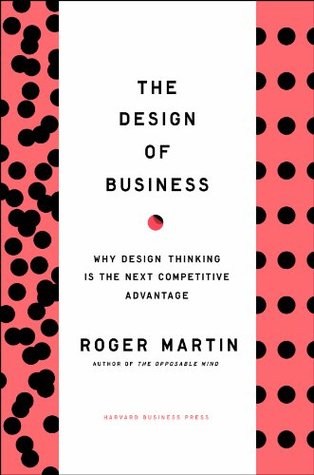More on this book
Kindle Notes & Highlights
The key tools of design thinkers are observation, imagination, and configuration.
Since design thinkers are looking for new insights that will enable them to push knowledge forward, they must be able to see things that others don’t
Deep, user-centered understanding, using the techniques of the ethnographer, is an essential tool of the design thinker.
Design thinkers programmatically hone imagination into a powerful tool, one comprised of an inference and testing loop.
That inference-making process is what we call abductive reasoning, Charles
Here, the design thinker tests the breakthrough inference by producing a prototype and observing whether it operates as desired or expected. Typically, even with a talented abductive thinker, the initial prototype falls well short of what’s desired. Those shortcomings, viewed from the design thinker’s stance, offer the opportunity to infer what would make the prototype better, giving rise to a succession of new tests, new inferences, new prototypes, until
The final tool of the design thinker is configuration—translating the idea into an activity system that will produce the desired business outcome. This is essentially the design
To be a better design thinker, consciously use your experiences to deepen your mastery and nurture your originality.
two (or more) opposing ideas or models and instead of choosing one versus the other, to generate a creative resolution of the tension in the form of a better model, which contains elements of each model but is superior to each (or all).
resolving the conflict between reliability and validity, between exploitation and exploration, and between analytical thinking and intuitive thinking. Both ways of thinking require a balance of mastery and originality. Mastery, whose markers are organization, planning,


